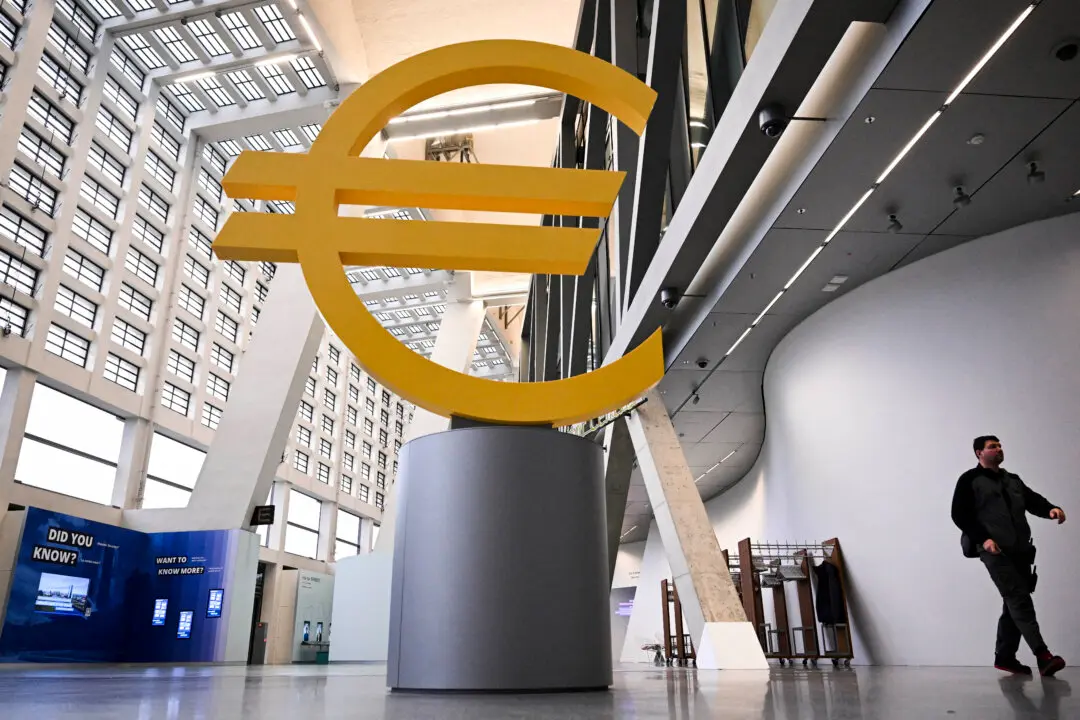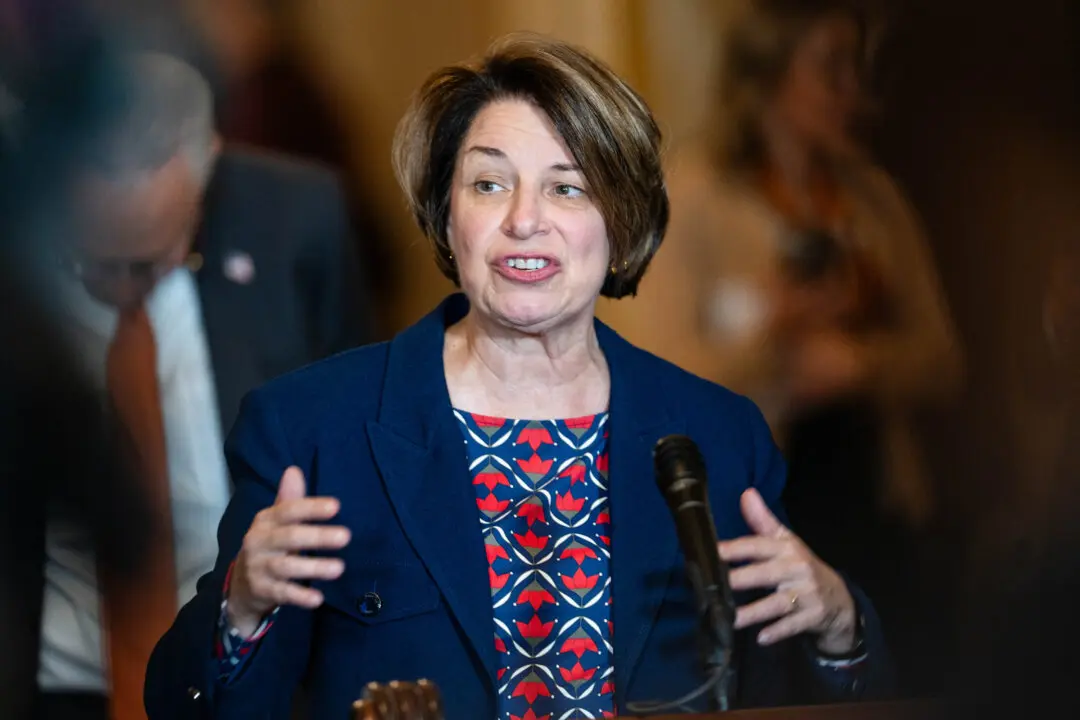Economist Nouriel Roubini, who’s been dubbed “Dr. Doom” for his gloomy-yet-correct prediction of the 2008 market meltdown, told Bloomberg in a recent interview that the United States is back in Great Financial Crisis territory, except now there are even more problems and cause for worry.
Roubini, CEO of Roubini Macro Associates and author of “MegaThreats,” made the remarks in an Oct. 25 appearance on “Bloomberg Surveillance” program, where he was asked if we’re “there again” in reference to the 2008 financial crisis.





